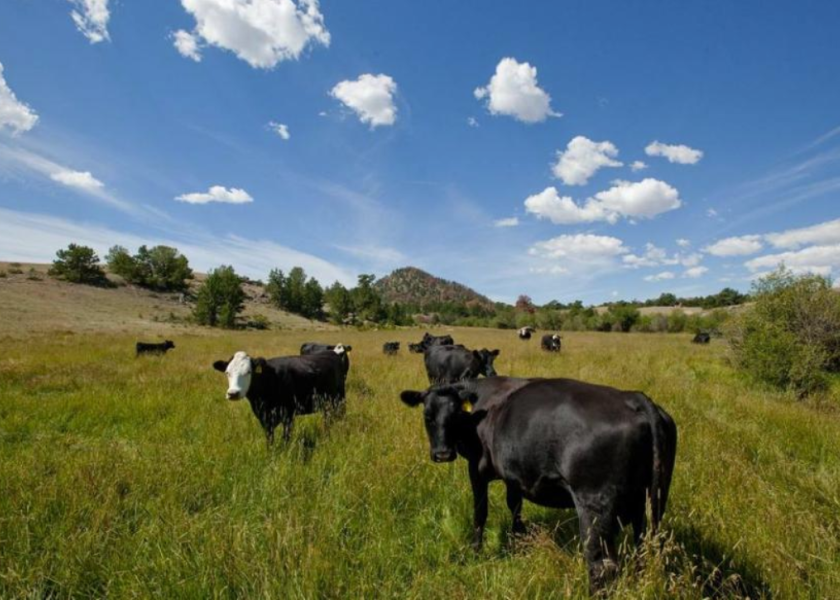What is The Best Way to Treat Cattle in the Pasture?

A cow-calf producer recently asked Kansas State University bovine veterinarians in a Beef Cattle Institute (BCI) Cattle Chat podcast to weigh in on how to provide medical care to an animal in the field.
Specifically, the producer’s question was: “What is the best way to treat cattle when they're out on pasture?”
The producer offered the BCI veterinary experts five options for consideration: darting, roping, trailering to a facility, walking to a facility or barn for treatment, and doing nothing, said podcast moderator Brad White, DVM and director of the Beef Cattle Institute at Kansas State.
The experts weighing in and providing answers were Brian Lubbers, DVM and associate professor of food animal therapeutics outreach at Kansas State (below left); and Bob Larson, professor of food animal production medicine at Kansas State University and the Coleman chair in food animal/production medicine (below right).

“My two favorite options are going to be getting them to a facility, either walking or trailering to a facility,” he noted.
The specific option he would go with would be based on the problem or disease.
“If you're asking about a foot rot case, I don't think it's fair to walk that animal a half mile to a facility. So trailering is best of the given options,” Lubbers said.
“Doing nothing is not an option, especially with diseases like foot rot. We know antibiotics are very effective, so roping can be a viable option if you have that skill set. I do not.”
Are You Treating A Bull, Cow Or Calf?
“I either hate this question or love this question, because it is a difficult one, and a couple of things come to my mind," Larson said. "Are we talking about calves, or cows or bulls? Because the answer becomes a little bit different between those and what diseases are involved.”
Like Lubbers, Larson said he would prefer to have the animal walked or trailered into a facility or roped and treated. “I’m fine with roping, it’s just that there are relatively few operations where that is really, really reasonable. But if it is reasonable, then roping is on the list.”
One method both Larson and Lubbers said they would give a thumb’s down to is the practice of darting the animal for treatment.
“Darting is a no-go for me because there’s too many foreign objects found (once the cattle reach) packing plants,” Lubbers said. “Plus, from a pharmacology perspective, I can’t be assured the product is actually getting into the animal.”
Depending on the situation, Larson said he might even choose to not treat the animal at all rather than have to use a dart for treatment.
“I usually like quickest and easiest option, but not in this case when we’re treating a disease,” Larson added.
“Sometimes you have to do the hard thing,” said White.
Lubbers and Larson also said the type of treatment used “depends” on the individual situation the producer finds in the pasture. The use of the word depends is discouraged on the Cattle Chat podcast, and if it's used White deducts points from each practitioner’s final score, which can total up to 10 points.
White says questions or topics can be submitted to BCI Cattle Chat for consideration at bci@ksu.edu. You can watch the podcast at BCI Cattle Chat
So, what about you? We’d like to know which of the five answers would you give for treating cattle in the pasture if you could pick only one option? Again, they are: darting, roping, trailering to a facility, walking the animal to a facility or doing nothing.
Go here to cast your vote; we'll share the results:







